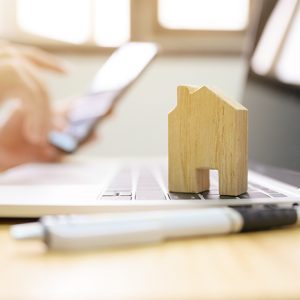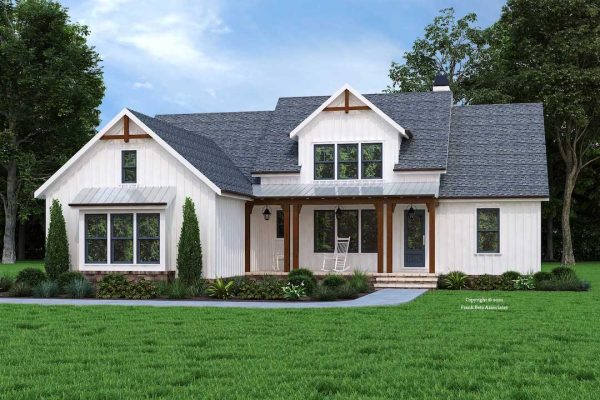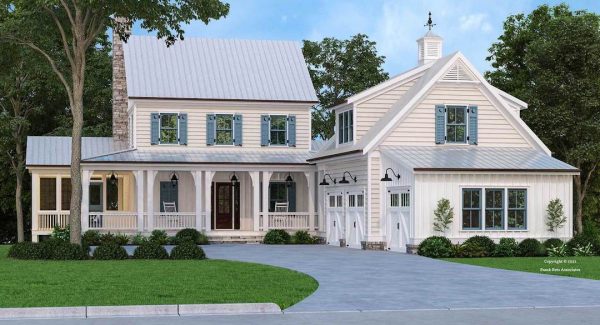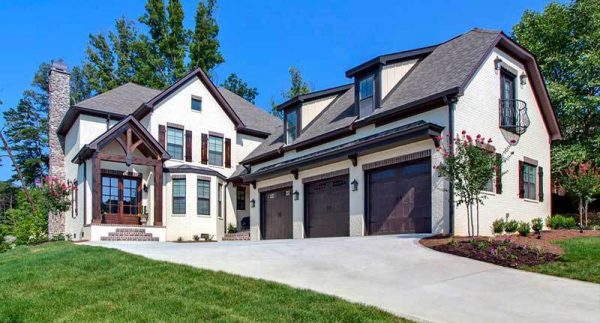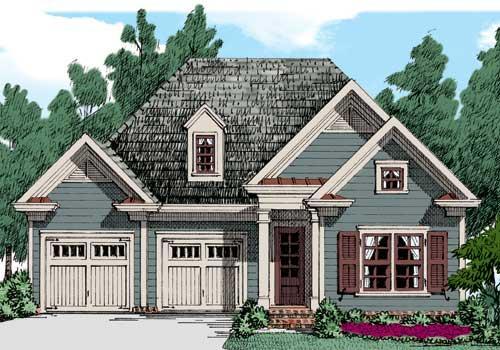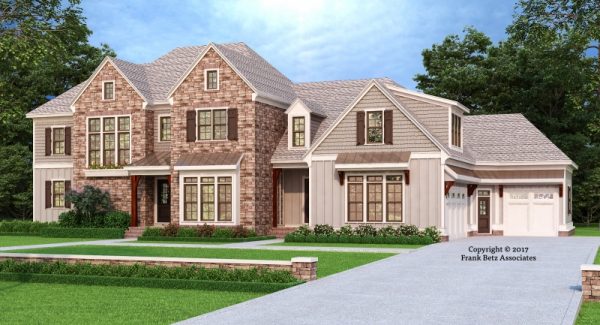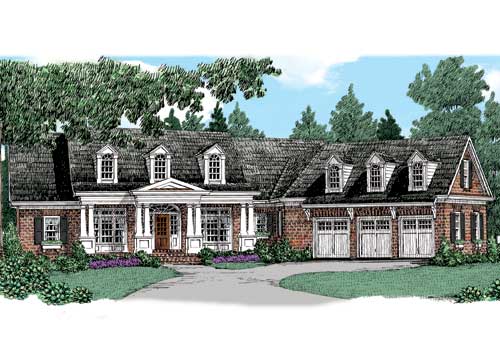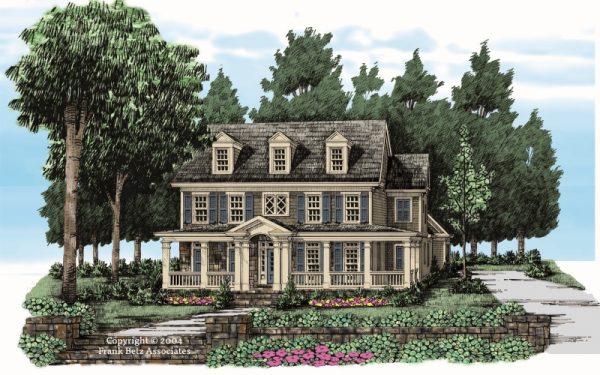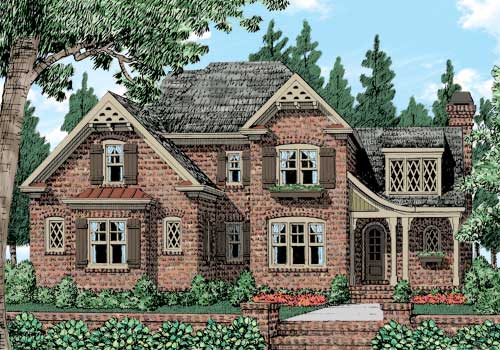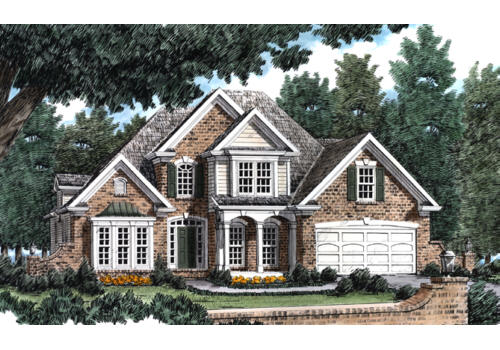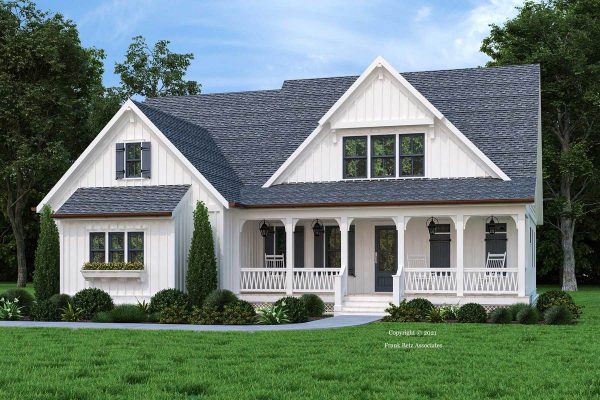There are two main options when deciding to build a new home. These are stick-built and prefab construction. This article will help to clearly illustrate some pros and cons of both. By explaining the differences between stick-built homes and prefab, you will be able to make a better informed decision as you plan the next big step in building your new home.
Quality
Prefab stands for prefabricated. With these homes, machines are doing most of the initial work. Without the human factor, the structural components are often more precise. Everything is measured, cut, and assembled by computers and machines, so the occurrence of errors is drastically reduced. Like stick-built homes, the craftsmanship during the assembly of a prefab home directly affects the end result. Attention to high building standards should be the same for both methods. One point of difference with a stick-built home, is that it allows the new owner to view all steps and materials used.
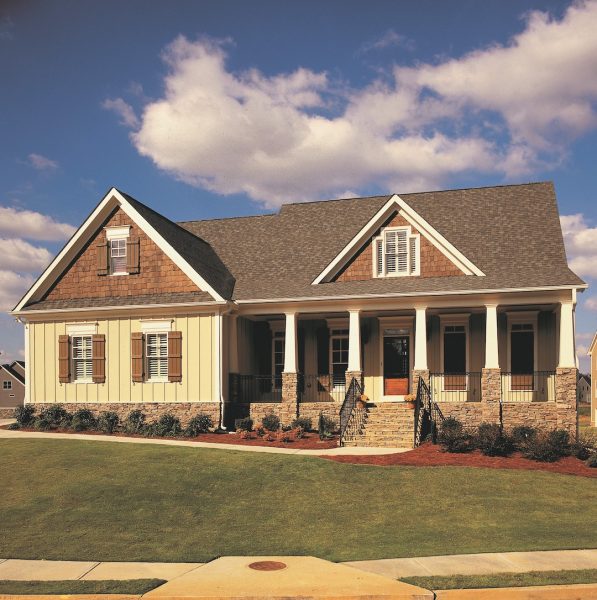
Your home will be up more quickly with prefab modules
With prefab modular homes, time is not an issue. Once the panels are delivered on site, the basic frame of the home can be put together in under a day. And weather is not a factor when building a prefab home. This enables other teams can get to work on the interior more quickly. However, the foundation measurements must be exact for the prefabricated panels to fit correctly. Unlike stick-built homes, it is very difficult to make in-field adjustments to the panels. Overall, a prefab home can be completed up to a month shorter than a stick-built home.
Costs are actually similar
Often associated with lower quality and cost, modern prefab homes are in line with stick-built homes in both aspects. Initial costs are lower for prefab homes as much of the construction happens in a factory, instead of using manual labor to build on site. One must account for shipping the panels and the costs of special materials.

Variety of design options
This is where the prefab option falls behind stick-built. While there are an ever growing number of prefab design options, a stick-built home design can be completely original. Prefab homes floor plans are often modular in scope, but many allow for highly customized interior and exterior appearances. That may work for most, but there is no comparison to the customizable possibilities when starting a home design from scratch.
The best decision on your new home direction will come from carefully weighing both options. Explore the prefab design options from different manufacturers. If you find one that truly hits the mark, make sure your builder is experienced with this building process. A builder accomplished in prefab building methods can help you feel confident the quality will be on par with a stick-built home. But for true originality, a stick-built home is the way to go. It may take a bit longer, but a one-of-a-kind dream home will be yours.
